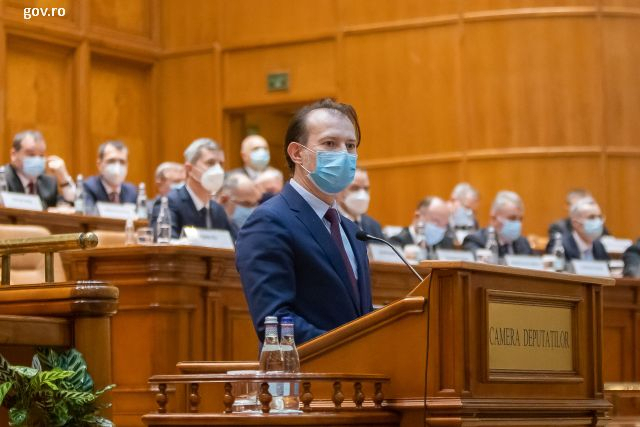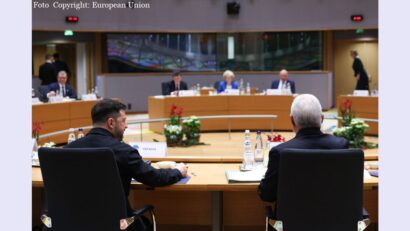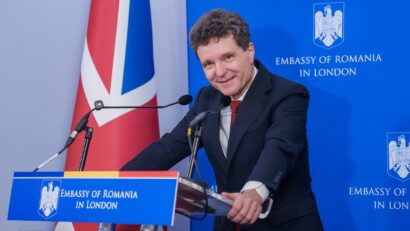The Priorities of Romania’s Recovery and Resilience Plan
Green transition, digitization, healthcare, education and reforms in the fiscal area and the pension system are the pillars of Romanias Recovery and Resilience Plan

Corina Cristea, 03.06.2021, 14:00
The centre-to-right coalition government in
Bucharest on June 2nd made public the National Recovery and
Resilience Plan PNRR – about 12 hundred pages sent to the EU with measures,
which would allow Romania to attract 29 billion euros worth of EU funds. This
money, which Romania can get as loans or subsidies is part of a major plan of
672 billion euros designed by Brussels so that all the member states can
overcome the economic impact of the Covid-19 pandemic. Authorities in Romania
want to use some of the money to build over 400 kilometers of motorway,
hundreds of schools and kindergartens and refurbish many hospitals.
In fact, the transport infrastructure,
Education and Healthcare are going to receive most of the funds. The plan also
contains provisions for some environment activities such as reforestations or
an improved waste management. According to Prime Minister Florin Citu, all the
loans Romania is going to get by means of PNRR will be used for investment.
Florin Citu: We must get loans to
invest in Romania as we need to build motorways, hospitals, schools, and the
loans we get by means of this PNRR are at a low interest rate, close to zero.
Germany, Spain, Italy, countries from the Eurozone, are getting loans at this
rate. The fact that we can get loans at such a low interest rate and invest
them is a good thing for Romania.
Deputy prime
ministers Dan Barna and Kelemen Hunor have underlined that key sectors will
significantly change and that all communities, irrespective of the region will
be equitably and fairly supported. On the other hand, Lucian Romascanu,
spokesman for the opposition PSD, believes that on the contrary, the projects
included in the PNRR will be causing new imbalances.
Lucian Romascanu: We don’t have anything when it comes to motorways, rail
roads, irrigation systems or gas networks, and that situation is condemning
Romania to underdevelopment. We are going to have a country which is developed
unequally, right at a time when we can give it a new look by properly using
these funds.
The plan also contains a series of reforms in
terms of pensions, justice, state companies and the payment of the personnel in
the public system. While the government says that it wants to recalculate
pensions, the opposition PSD has referred to the former’s intention to increase
the pension age, implement austerity measures and freeze incomes.
According to the Social-Democrats, the poverty
of the Romanians and the dropping standard of living are the only certitudes of
the National Plan of Recovery and Resilience. According to the Minister of Investment and
European Projects, Cristian Ghinea in the next period Bucharest is waiting for the
official assessment of this plan in Brussels and for its approval. From that
moment on the ways of implementing the aforementioned plan belong exclusively
to Romania.
(bill)






























